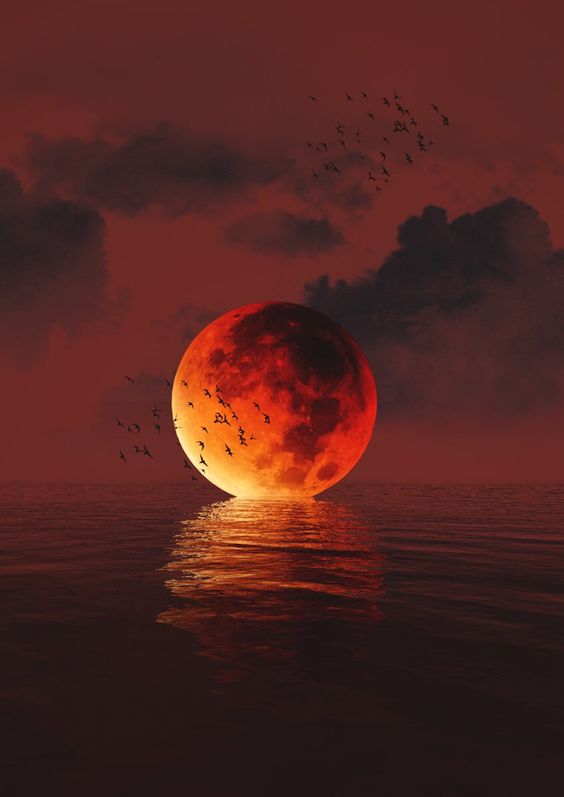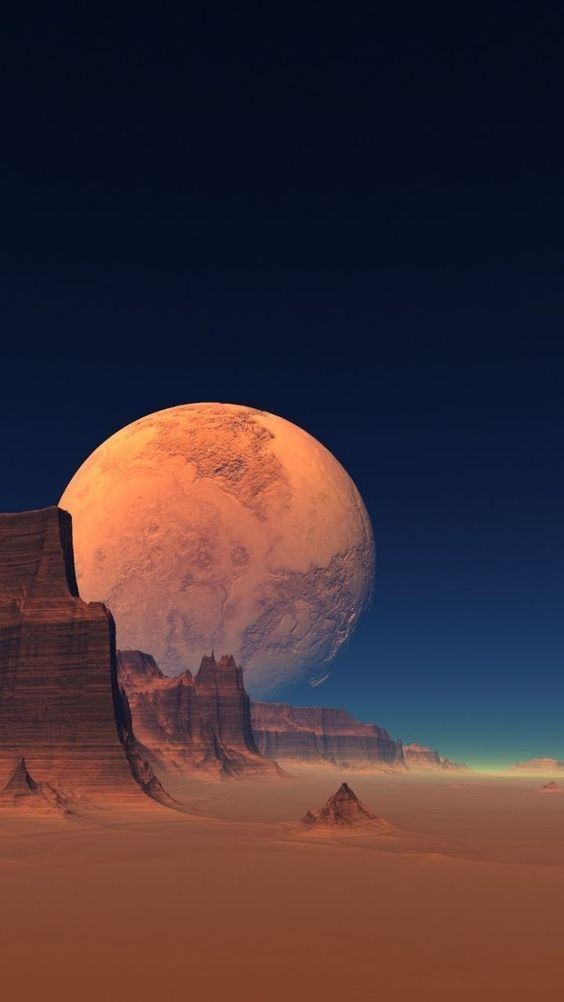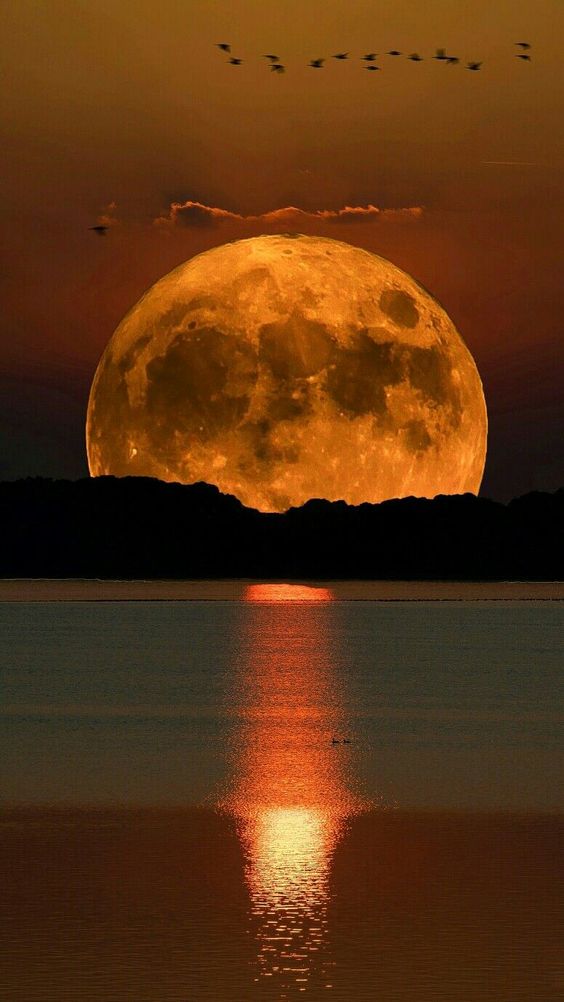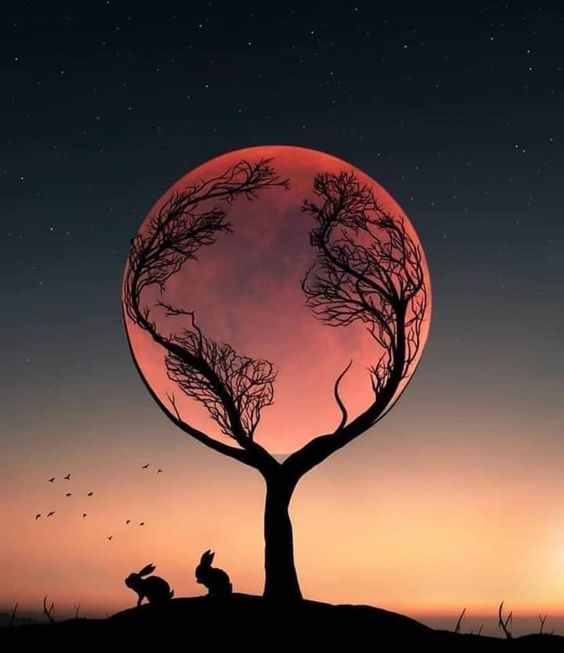For countless generations, humans have been fascinated by the Moon – our celestial companion. Suspended in the vast expanse of space, its silvery glow and mysterious presence have inspired awe, wonder, and countless artistic expressions. This article takes you on a journey to uncover the mysteries and allure of our nearest cosmic neighbor, the Moon.

The Majestic Lunar Dance: Our planet is graced by the elegant presence of the moon, as it completes a cycle around us in approximately 29.5 days. It is this orbit that brings about the enchanting phases of the moon, from the sliver of a waxing crescent to the glowing full moon and then to the fading crescent. Each phase has its own tale to tell, casting a magical radiance upon our Earth and creating a breathtaking nocturnal scene.

The origin and characteristics of the Moon are believed to have been formed billions of years ago from a collision between Earth and a Mars-sized object. The Moon is adorned with various topographical features such as vast plains named “maria,” towering mountains, deep craters, and rugged highlands. These lunar landscapes serve as evidence of ancient volcanic activity and meteorite impacts that have significantly shaped the surface of the Moon over time.

The Untold Story of the Moon: Although we are all familiar with the side of the moon that faces us, the other side, which is often called the “dark side,” remained unknown to human eyes until the era of space exploration. Back in 1959, the Soviet spacecraft Luna 3 captured the very first images of the far side, uncovering a strange and drastically different landscape. The unexplored area of the moon presents an intriguing world that continues to captivate both scientists and space enthusiasts alike.

Throughout the course of history, the Moon has been a source of endless fascination, inspiring humanity to explore the unknown depths of space. The Apollo missions of the 1960s and 1970s marked a monumental achievement in human exploration, with Apollo 11 becoming the first mission to successfully land astronauts on the lunar surface. Neil Armstrong’s famous words, “That’s one small step for man, one giant leap for mankind,” continue to resonate in our collective memory, serving as a symbol of our unrelenting spirit of discovery.
Beyond its celestial beauty, the Moon also plays a critical role in shaping our planet. Its gravitational pull affects the ocean tides, influencing marine life and coastal ecosystems. Furthermore, the Moon’s presence has influenced cultures all over the world, inspiring countless myths, legends, and artistic creations that celebrate its mystical essence.
